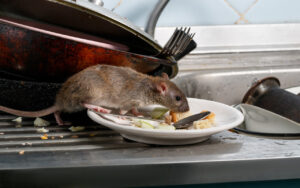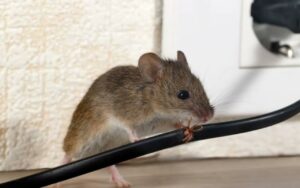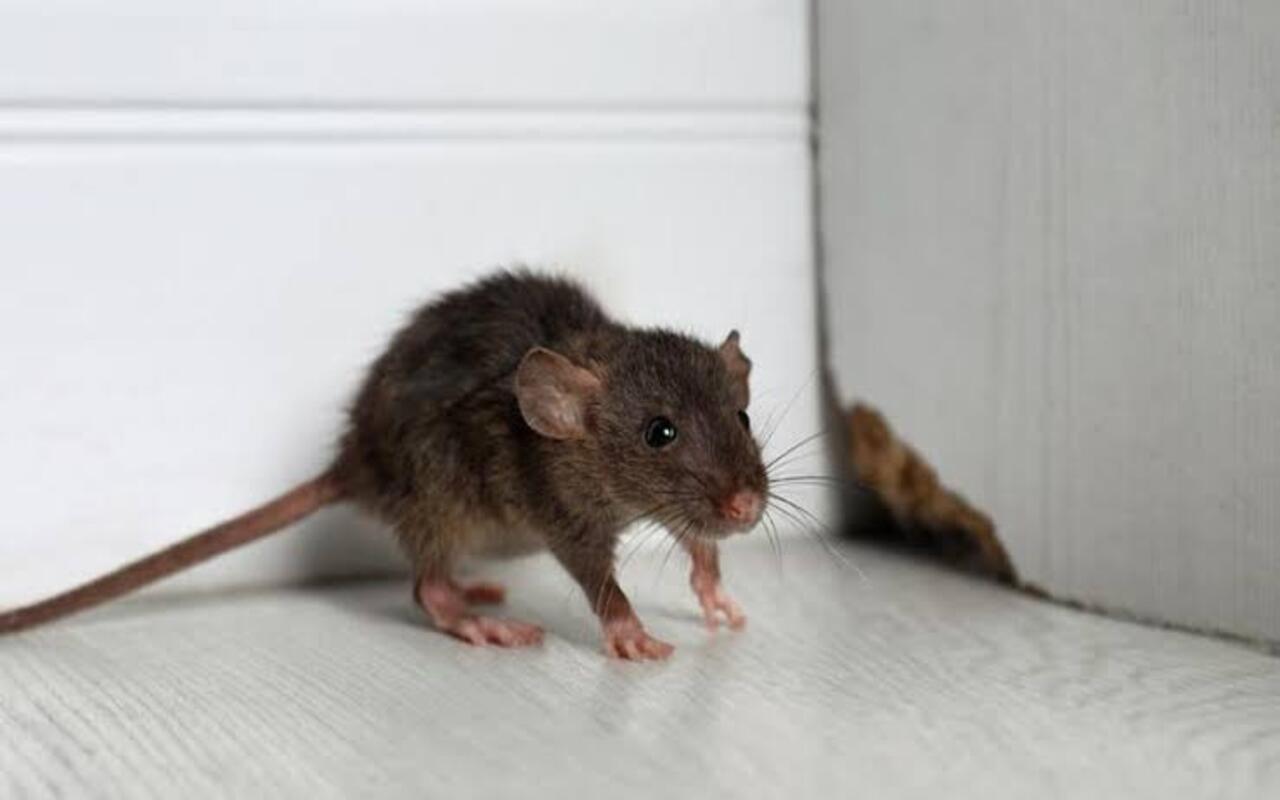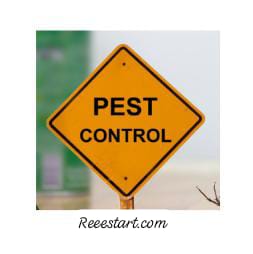Rodents, in addition to their frightening and repulsive appearance, can cause damage to anything in their path by gnawing and destruction. This is especially true in warehouses, storage facilities, residential apartments, and even on agricultural crops, where they can cause significant damage. Combating rodents is of utmost importance as they are carriers of many diseases and dangerous epidemics due to the internal and external parasites they host. Here,we are going to talk about Rodents invading human spaces and diseases might be caused by them.
Rodents invading human spaces
Rodents, like mice and rats, are unwelcome guests in our homes. Rodents invadong human spaces and creates a two-fold problem:
Property Damage
These nibblers are notorious for chewing. Electrical wires, furniture, insulation, and even drywall are all on the menu for a determined rodent. This can lead to costly repairs and even fire hazards in the case of damaged wiring. Their constant burrowing and activity can also cause wear and tear on your walls and foundation.
Health Risks
Rodents invading human spaces and don’t exactly maintain the cleanest living standards. Their droppings and urine can contaminate food prep surfaces and other areas, potentially spreading bacteria and parasites like salmonella and hantavirus. Additionally, their fur and nesting materials can trigger allergies and asthma in some people.

Diseases Rodents may cause
Here are some of these diseases:
Viral Diseases
- Hantavirus
- This is a deadly virus that can affect the lungs.
- Lymphocytic Choriomeningitis:
- Mice can transmit this virus to humans.
Plague (PLAGUE):
- Bubonic Plague.
- Septicemic Plague.
- Pneumonic Plague.
When plague spreads among mice, it leads to the death of a large number of them. As a result, fleas leave the bodies of mice and look for suitable hosts, often attacking humans. The infection of Bubonic Plague in humans is transmitted through the bite of a flea from an infected mouse. As fleas feed on the blood of an infected mouse, they can transmit the plague bacilli through their bite to humans.
- Pneumonic Plague infection spreads from an infected person to a new host through respiratory droplets within 3-4 days, or even less.
- Bubonic Plague does not spread from person to person unless it transforms into Pneumonic Plague.
- Pneumonic Plague is highly contagious, especially in overcrowded areas with poor ventilation.

Another types of diseases they may cause
- Rift Valley Fever, West Nile Fever.
- Cutaneous and Visceral Leishmaniasis.
- Salmonella bacteria leading to food poisoning.
- Rat Bite Fever.
- Typhus.
General Characteristics of Rodents
Here are some ig general properities of Rodents:
- Highly sensitive with exceptional abilities to distinguish sounds, smells, and the texture of objects.
- Can pass through very narrow openings.
- Tend to move closely along walls and do not repeat the same mistake twice.
- Some are skilled swimmers, even in drains and sewage lines.
- They are nocturnal; if seen during the day, it indicates a large population.
- Can dig burrows into buildings if doors and floors do not allow entry.
- Afraid of exposure in open spaces.
- Some can climb walls, jump high, and walk on wires.
- Unique among mammals for having a pair of incisors in each upper and lower jaw that grow continuously throughout their life, maintaining their length by gnawing.
- Their body is covered with fur except for the tail.
- Mice are herbivorous but practically eat almost anything, including wood, paper, meat, and even other mice’s carcasses.
- A mouse’s lifespan ranges from 1.5 to 3 years if it can avoid natural enemies and human efforts to control and eradicate it.
- A pair of mice can breed about 5 to 8 times a year.
- After three weeks, an average of 10 small mice are produced from each breeding cycle, usually half of which are females. After 6-7 weeks, these mice can also reproduce, allowing a single pair to potentially produce over 2000 offspring in one year.
- Mice are among the greatest enemies of humans, capable of severe damage if not for their natural predators like cats, dogs, birds, foxes, snakes, and owls.
- In developed countries, the mouse population is estimated at one mouse per person, which can double or more in other countries. In India, for instance, this number was over five mice per person at the end of the last century, and currently, rodent populations are estimated to exceed the number of humans.
- They come in various colors, predominantly brown, white, and gray.
- Mice do not distinguish color.
Impact of Rodents
As we know that, Rodents invading human spaces, they may cause harm to another institutions such as warehouse, grain storage facilities, factories and public facilities:
- It is estimated that if a pair of Norwegian rats were left to roam freely inside a grain storage, they would consume about 12 kilograms of grain during autumn and winter. Additionally, they would leave approximately 25,000 droppings, 1.5 liters of urine, and a lot of hair, causing significant damage to the stored contents.
- In grain storage facilities, mice attack grains whether packed in sacks or heaped on the ground, leading to a considerable loss of up to 5%. Moreover, the grains and their products become contaminated with mouse urine and feces, significantly reducing their economic value and potentially rendering them unfit for human consumption.
- In public facilities and factories, mice gnaw on wood, water pipes, electrical cables, aluminum sheets, and iron in iron and aluminum factories. They also cause damage to many spare parts in airports and factories.
The most common types of rodents
The Three Most Common Types of Rodents in Human Environments are:
Norway Rat
- Scientific Name,Rattus Norvegicus Hollister.
- Color, Coarse brown with a gray base.
- – Droppings, Large, capsule-shaped, rounded at the ends.
- Gestation Period, 22 days with 3 to 8 litters per year and 7 to 8 young per litter.
- Preferred Food, Protein-rich foods.
- Burrow Diameter About 8 cm, typically in lower floors.
Roof Rat (Climbing Rat)
- Scientific Name, Rattus Rattus Linnaeus.
- Color, Black.
- Droppings, Spindle-shaped, pointed at the ends.
- Gestation Period 22 days with 5 litters per year and 2 to 6 young per litter.
- Preferred Food Sugar-rich foods.
- Burrow Diameter, About 6 cm, typically in upper floors.
House Mouse
- Scientific Name, Mus Musculature Linnaeus.
- Color,Gray to brown back with a gray belly.
- Droppings, Small, pointed at the ends.
- Gestation period, 19 days with 7 to 8 litters per year, and 4 to 16 young per litter.
- Preferred foods, Foods with high sugar and protein content, such as grains and seeds.
- Adaptation, Can live and adapt with scarce water as it obtains moisture from the food it consumes.




